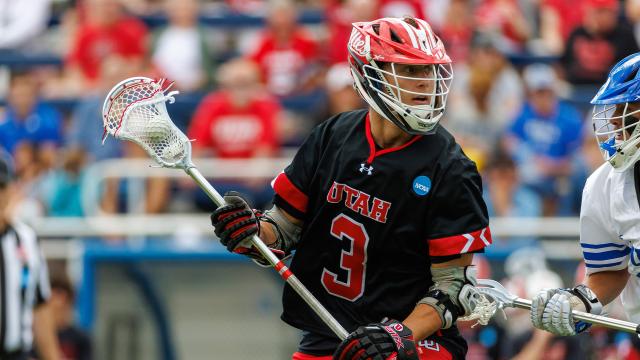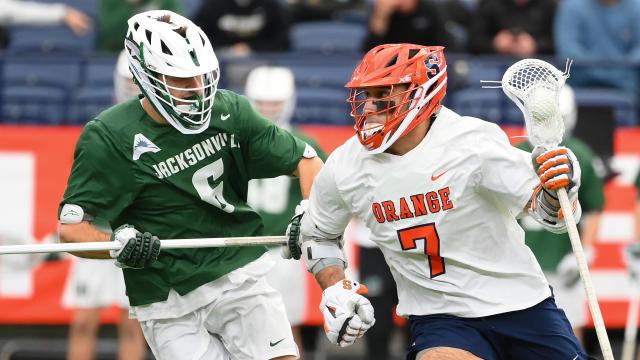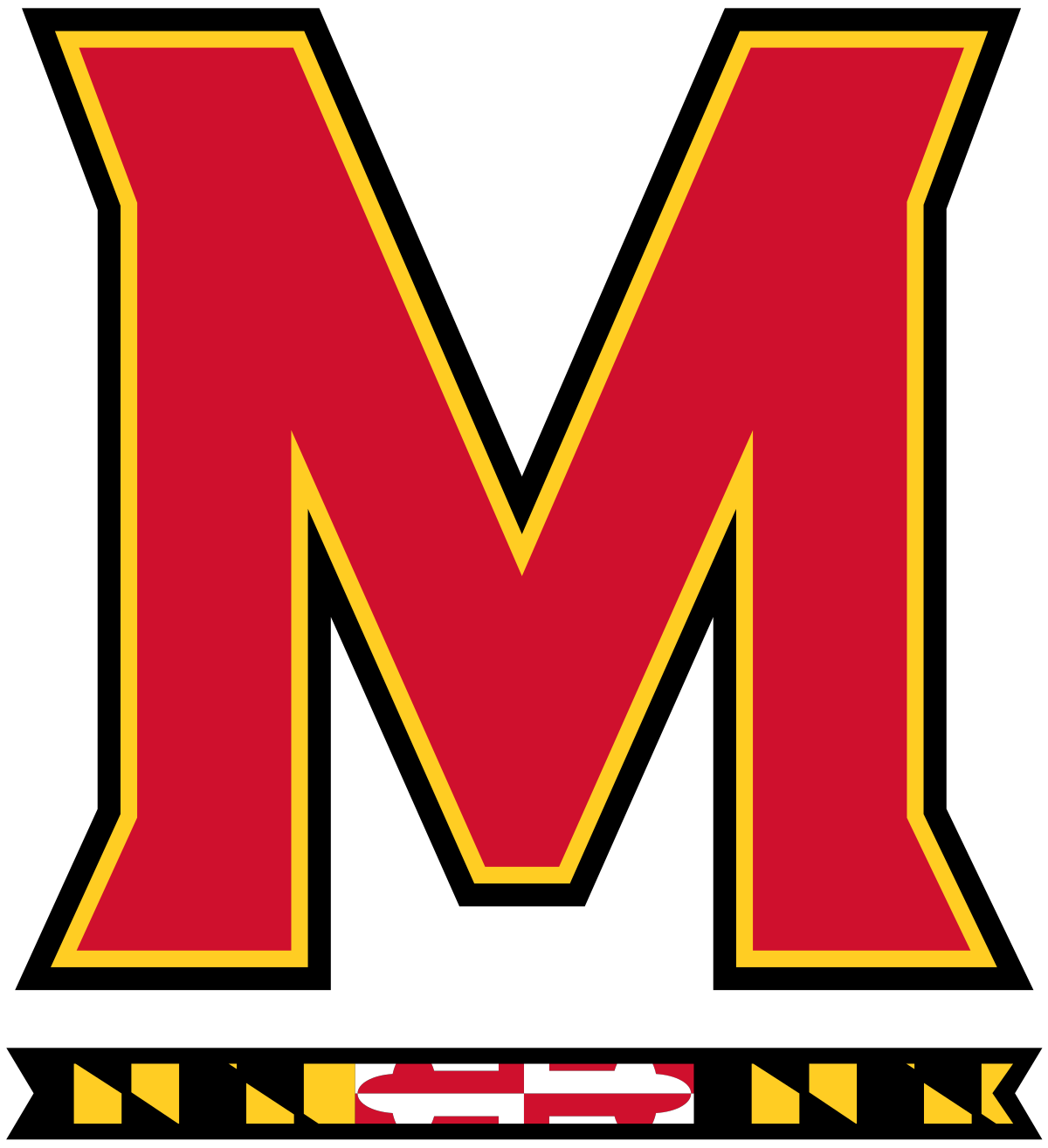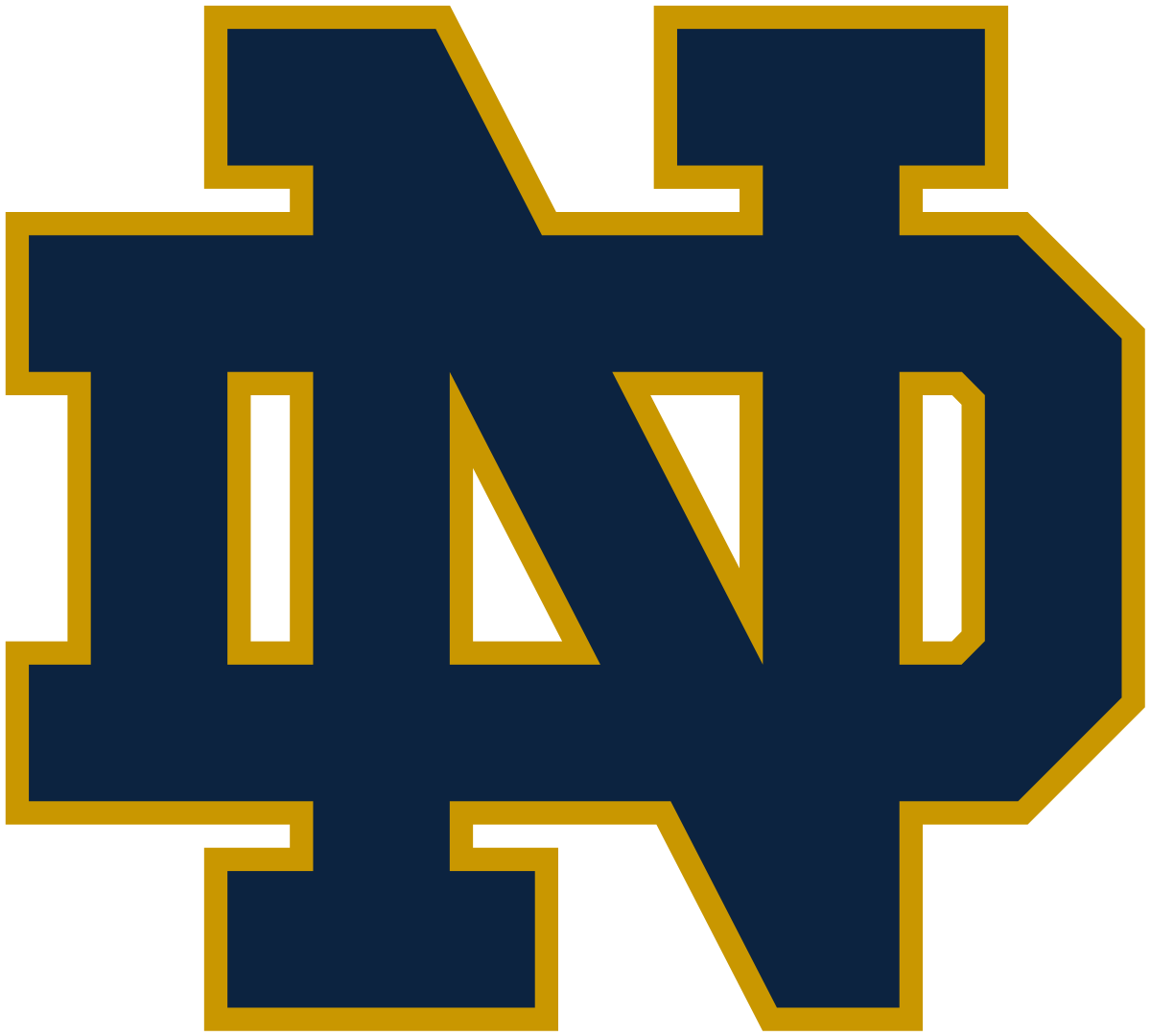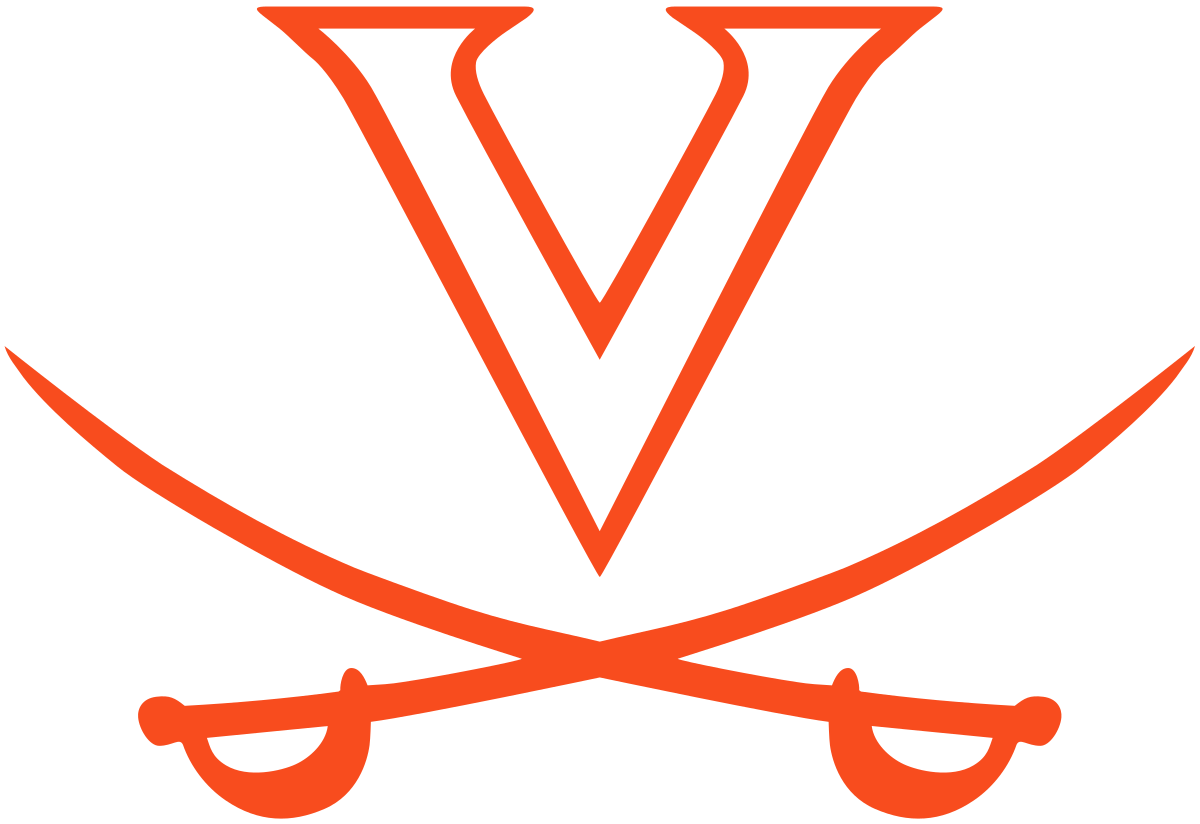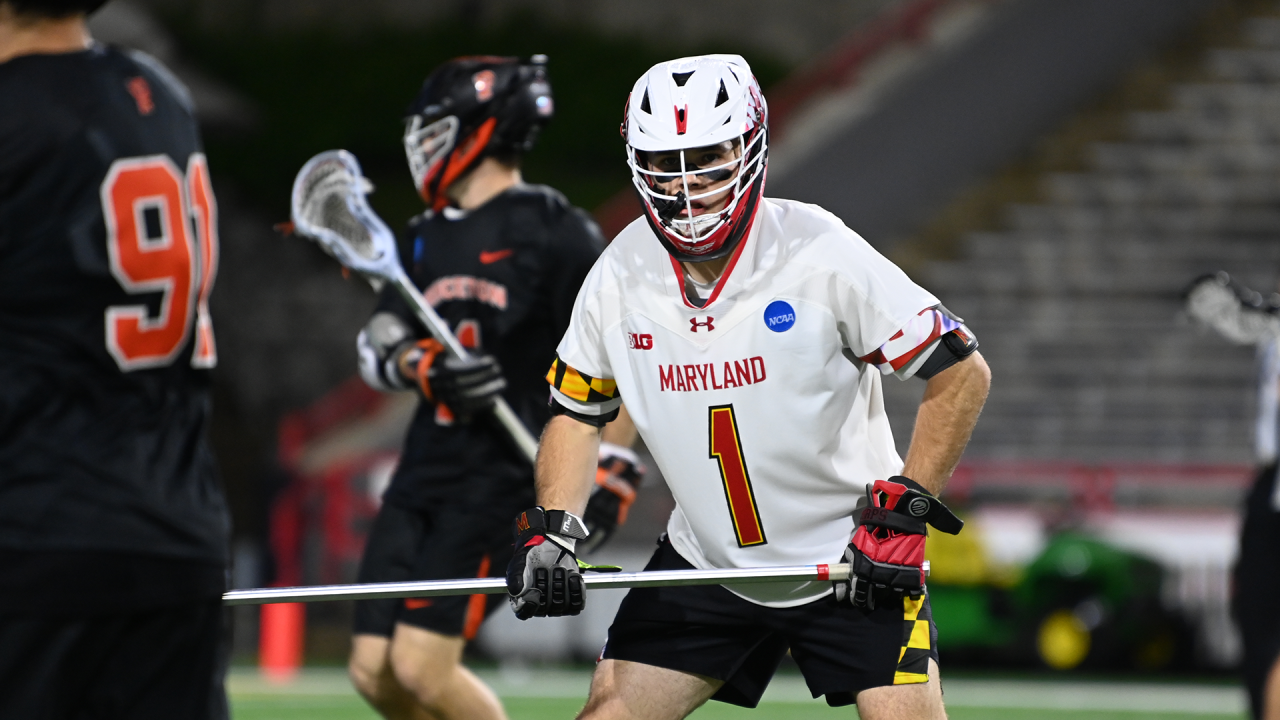
An A-to-Z Guide to NCAA Division I Men's Championship Weekend
There’s plenty to unpack with the quartet of teams remaining in the NCAA men’s lacrosse tournament.
Maryland and Virginia inevitably found their way to each other in May, securing a fourth meeting in the last five tournaments.
Denver and Notre Dame, the West’s banner programs, had a long-running series halted by the pandemic. This will be their first meeting since 2020, when the Pioneers won 14-11 in South Bend just days before the world halted. (That victory also allows Denver to be the only team the Fighting Irish have faced since 2015 to hold an active winning streak in the series — at least for now.)
And given the sport’s recent history, there aren’t many more appropriate teams to be left standing. Since 2010, only five programs have reached the semifinals at least six times. Denver, Notre Dame and Virginia hit that number on the nose, while Maryland has 10 Final Four appearances. (The fifth team is Duke, with nine in that span.)
It makes for a Memorial Day Weekend rich in storylines and subplots, and there’s no better way to do it than a thorough A-to-Z rundown of what to look for this weekend at Lincoln Financial Field.
A is for the Atlantic Coast Conference. The ACC wound up producing at least half of the semifinal field for the fourth time in the last five tournaments. Notre Dame, the ACC regular season and tournament champion, is the favorite to claim the league’s ninth national title in 14 tournaments since 2010, with Duke (three), Virginia (three), North Carolina (one) and Notre Dame (one) each winning titles as a conference member in that stretch.
B is for Matt Brown. The longtime Denver offensive coordinator is in his first year as the Pioneers’ head coach and has helped deliver the program’s first semifinal appearance since 2017. Intriguingly, Denver’s most consistent strength this year is a veteran defense that has allowed it to be comfortable playing (and winning) relatively low-scoring games.
C is for comebacks. Maryland has two key pieces who returned from missing most or all of last year with injury to fill vital roles. Goalie Logan McNaney made only two starts in 2023 before undergoing knee surgery and owns a .508 save percentage in his fifth season — including .561 during Big Ten play. Attackman Eric Malever tore an ACL in the fall of 2022 but has returned to post 14 goals and a team-high 20 assists.
D is for Denver. The fifth-seeded Pioneers (13-3) advanced to their sixth Memorial Day Weekend and first since 2017 with victories over Michigan (16-11) and Syracuse (10-8) the last two weekends. Denver has advanced to the title game once, when it became the first program west of the Appalachians to win a national title in 2015.
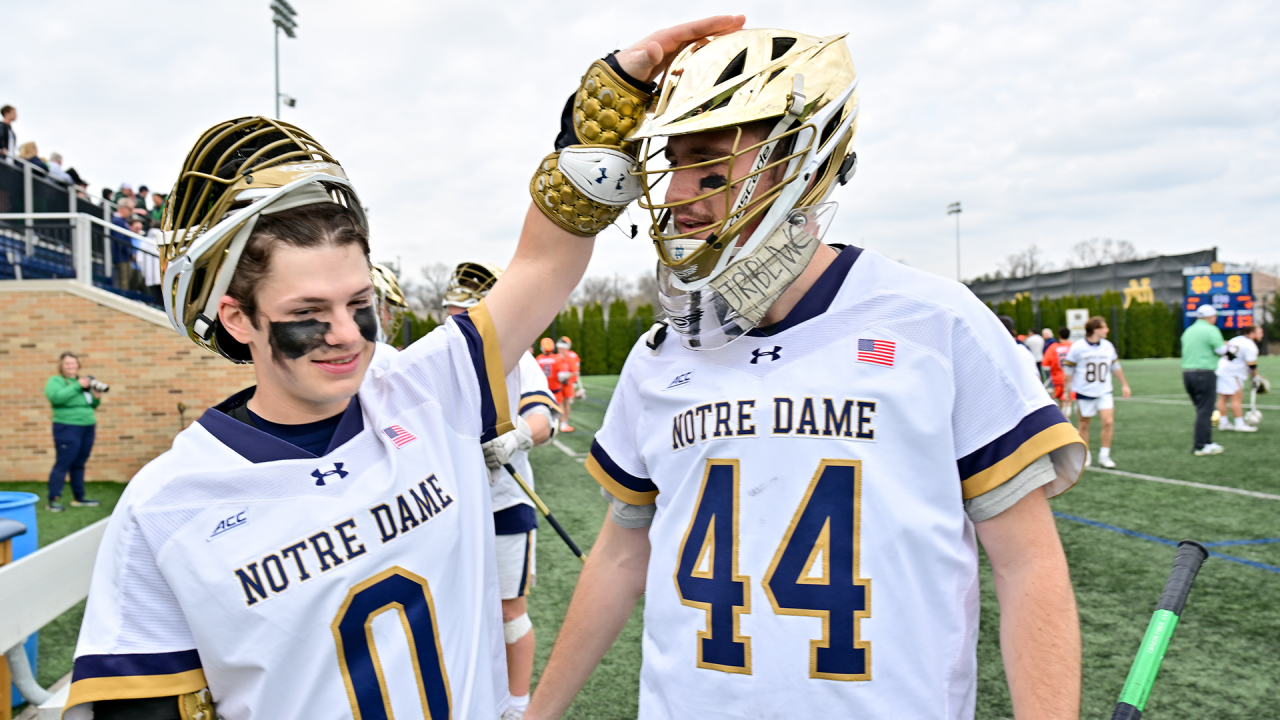
E is for Liam Entenmann. The Tewaaraton finalist and five-year starter brings a .551 save percentage into the weekend and even collected his first assist of the season Saturday against Georgetown. Entenmann made 18 saves in last year’s national title game against Duke, one of the greatest performances from the Fighting Irish’s superlative line of exceptional goalies over the years.
F is for Jimmy Freehill. The Denver junior was the Big East’s defensive player of the year, helping to anchor a unit that has not fretted about individual matchups and instead been dedicated to stout collective play and top-notch communication. The defenseman leads the Pioneers with 22 caused turnovers, and his 35 ground balls are tied for third on the team with short stick Casey Wilson, trailing only faceoff man Alec Stathakis (126) and goalie Malcolm Kleban (38).
G is for goalie change. Might Virginia actually make the seemingly unconventional choice to have sophomore Kyle Morris make his first career start in an NCAA semifinal? It’s not out of the question after Morris came in for a struggling Matthew Nunes and made eight saves (while allowing six goals) in nearly 60 minutes of work in Sunday’s quarterfinal defeat of Johns Hopkins. Nunes has started 47 of 49 games in three seasons with the Cavaliers but has more saves than goals allowed in just one of Virginia’s last six games.
H is for Ty Hussey. The senior from Aurora, Colo., had his second career multi-goal game for Denver in the quarterfinals, scoring twice (including the go-ahead tally 30 seconds before halftime). The second-line midfielder has a career-high nine goals on the season, a valuable contribution for a team that relies on depth. It has 11 players with at least six goals — and none with more than JJ Sillstrop’s 29.
I is for instant replay. Or replay review. Or video review. Or a challenge system. Whatever the verbiage, everyone knows what it is, and the expanded version of it — a rule change spurred on by a call on Duke’s game-winning goal against Penn State in last year’s semifinals — had a noticeable impact on three of the four quarterfinals last weekend. Replay isn’t popular in all precincts, and its lack of universality at all Division I venues this season probably means it is taking longer for coaches and officials to achieve a consistency in utilizing and administering it. Still, it is a way to make sure egregious calls can be corrected, and that alone is a plus.
J is for jawn. Full disclosure: “J” was a bit of a challenge this year. Fortunately, local slang familiar to folks around the City of Brotherly Love came to the rescue. He fired that jawn past the goalie. Those jawns play well off each other. Are you going to that jawn down at the Linc on Saturday? You want an all-purpose descriptor? Jawn is your term to refer to darned near anything this weekend.
K is for Kavanaghs. Anyone who faces Notre Dame is going to have to reckon with brothers Chris and Pat on the Fighting Irish’s starting attack. Pat Kavanagh enters the final weekend of his college career with 28 goals and 41 assists and is once against a Tewaaraton finalist. Younger brother Chris is coming off a five-goal, three-assist masterpiece against Georgetown and brings 36 goals and 36 assists into the semifinals.
L is for Michael Lampert. The Denver senior, a first-team all-Big East pick, had two goals (including the Pioneers’ 10th score that just beat the shot clock) in the quarterfinals against Syracuse. He has 21 goals and a team-best 23 assists on the year, making him Denver’s first 20-20 guy since Jackson Morrill, Alex Simmons and Ethan Walker all achieved it in 2021.
M is for Maryland. The seventh-seeded Terrapins (10-5) are in the semifinals for the 29th time, matching Johns Hopkins for the most in tournament history. Maryland advanced to its first semifinal since 2022 and its 10th in 14 seasons under coach John Tillman with defeats of Princeton (16-8) and Duke (14-11). The Terrapins have played on Memorial Day seven times since 2011, and they’re seeking the fifth NCAA title in program history (1973, 1975, 2017 and 2022).
N is for Notre Dame. The top-seeded Fighting Irish (14-1) are back in the semifinals a year after claiming the first national title in program history. Notre Dame dispatched Albany (14-9) and Georgetown (16-11) in the first two rounds to advance to the semifinals for the seventh time in school history. The Irish are making back-to-back Memorial Day Weekend appearances for the second time, having also done so in 2014-15.
O is for Ontario. While Denver is the team in this Final Four most synonymous with Canadian talent, Virginia has gotten a lot of mileage out of players from the most populous province in the United States’ northern neighbor. Payton Cormier has a school-record 64 goals this season and a Division I-record 223 for his career, setting both marks in an eight-goal outburst against Saint Joseph’s in the first round. But former Tufts star Jack Boyden has also made an impact in his lone year in Charlottesville, collecting 20 goals and 17 assists while starting every game.
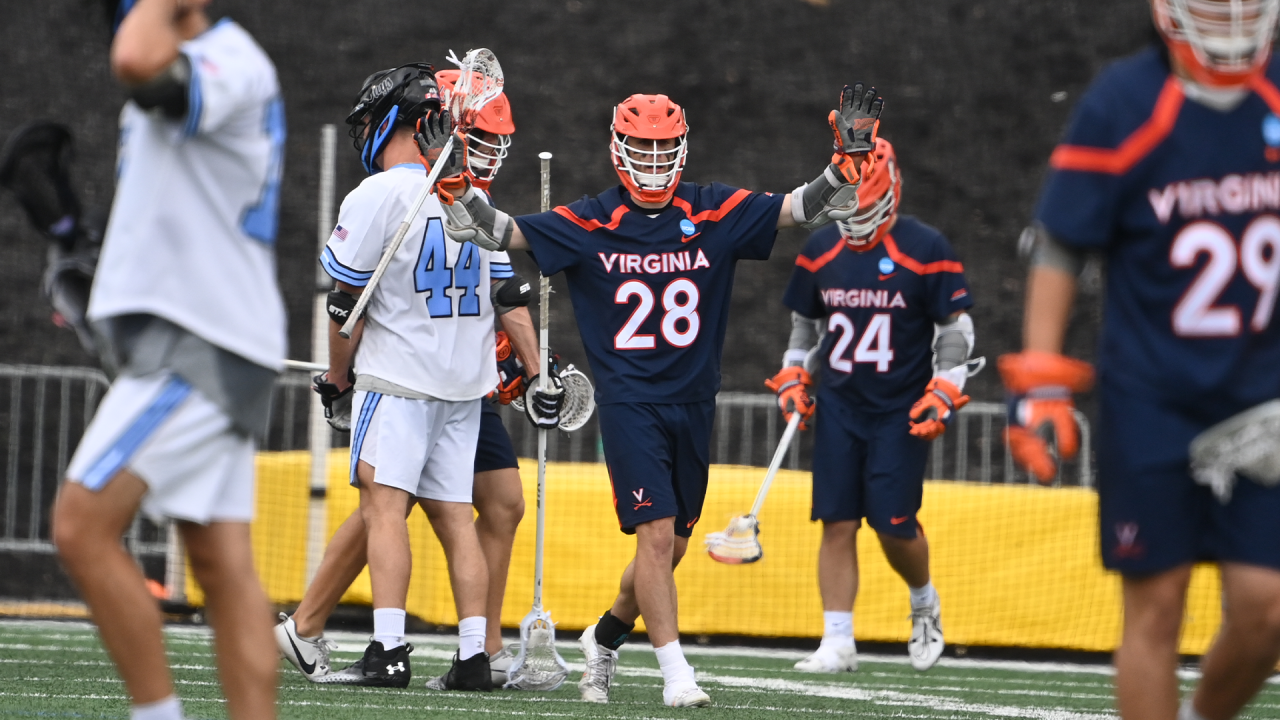
P is for Philadelphia. The Championship Weekend returns to Philly for the ninth time in its history, with a stop at Franklin Field in 1992 and now eight at Lincoln Financial Field. Schools that have won national titles at the home of the Philadelphia Eagles include Johns Hopkins (2005), Virginia (2006 and 2019), Duke (2013), Denver (2015), North Carolina (2016) and Notre Dame (2023).
Q is for Quint. Once again, ESPN’s lead game analyst Quint Kessenich fills a vital spot in this annual alphabetical adventure. The former Johns Hopkins goalie — often quick with a quip and never shy about voicing an opinion — has been an influential voice in the sport for three decades, achieving a level of borderline permanence that’s especially difficult to achieve in the broadcast medium.
R is for repeat. Notre Dame is two victories away from becoming the first team to win national championships in back-to-back years since Duke in 2013 and 2014. (Virginia won consecutive titles in 2019 and 2021, with a pandemic wedged in between.) Others to go back-to-back in tournament history are Cornell (1976-77), Johns Hopkins (1978-80 and 1984-85), North Carolina (1981-82), Syracuse (1988-1990 and 2008-09) and Princeton (1996-98).
S is for Connor Shellenberger. The three-time Tewaaraton finalist has already burnished his considerable postseason legend this month, scoring in overtime to help Virginia reach the semifinals for the third time in his career. Shellenberger has 31 goals and 51 assists this season — typically gaudy numbers — but his postseason totals over his career stand out even more. In 11 NCAA tournament games, he has 34 goals and 31 assists. At nearly six points a game, it’s hard to think of many players more dependable in May than the redshirt senior.
T is for three. The team least likely to wilt on a warm spring afternoon is Notre Dame, in part because it has no issue running three midfields. In the quarterfinals, the Irish sent out Eric Dobson (15 goals, 12 assists this season), Jordan Faison (20 G, 8 A) and Devon McLane (33 G, 8 A). Then Will Angrick (7 G, 4 A), Reilly Gray (12 G, 3 A) and Max Busenkell (10 G, 6 A). And then Bryce Walker (5 G, 1 A, Fisher Finley (1 G, 1 A) and Jalen Seymour (3 G, 2 A). All in the first nine minutes. Notre Dame has many strengths; depth happens to be one of them.
U is for unprecedented. This set of semifinals features a first: Three former most outstanding players of the NCAA tournament are returning to play on the season’s final weekend. Virginia attackman Connor Shellenberger (2021), Maryland goalie Logan McNaney (2022) and Notre Dame goalie Liam Entenmann (2023) all earned the honor while leading their respective teams to titles over the last three years.
V is for Virginia. The sixth-seeded Cavaliers (12-5) have reached the semifinals for the 26th time after overwhelming Saint Joseph’s (17-11) and rallying past Johns Hopkins (11-10 in double overtime) in the first two rounds. Virginia is making its fourth Final Four appearance in six tournament trips under Lars Tiffany and is seeking its eighth NCAA title (1972, 1999, 2003, 2006, 2011, 2019 and 2021).
W is for Luke Wierman. The Maryland senior holds school records in faceoffs won (849) and ground balls (456), and his 20-for-29 performance on draws along with a pair of first-half goals were crucial to the Terps in their Saturday’s quarterfinal against Duke. Wierman ranks third in the country in faceoff percentage (.620) and is above 60 percent in the category for the third year in a row.
X is for the (former) X. Teams that have won the majority of faceoffs this postseason are 10-3, including 4-0 in the quarterfinals. (Denver, Georgetown and Johns Hopkins all won first-round games, though none were below 44 percent.) In addition to Wierman, the semifinals will feature Notre Dame’s Will Lynch (No. 2 nationally with a .625 faceoff percentage), Denver’s Alec Stathakis (No. 8, .602) and Virginia’s Anthony Ghobriel (.569), who would rank 21st if he appeared in one more game to qualify for the NCAA’s statistics.
Y is for Chase Yager. The Harvard grad transfer joins long pole Ben Wayer and fellow short stick Noah Chizmar on Virginia’s standout rope unit. Yager caused three turnovers in the Cavaliers’ quarterfinal victory, including one in both overtimes, and has 26 takeaways on the season. That’s tied for second on the team behind All-American defenseman Cole Kastner (31) and the indefatigable Wayer (26).
Z is for Ajax Zappitello. The senior defenseman and the inheritor of the program’s No. 1 jersey, Zappitello won the Big Ten’s defensive player of the year honors and helped short-circuit Duke’s offense on Saturday by helping limit Josh Zawada to an assist and just one shot. Zappitello will likely be matched up on Virginia’s Connor Shellenberger on Saturday; he held the Cavalier star without a point in the teams’ last postseason meeting, the 2022 NCAA quarterfinals.
Patrick Stevens
Patrick Stevens has covered college sports for 25 years. His work also appears in The Washington Post, Blue Ribbon College Basketball Yearbook and other outlets. He's provided coverage of Division I men's lacrosse to USA Lacrosse Magazine since 2010.

Categories
Related Articles
